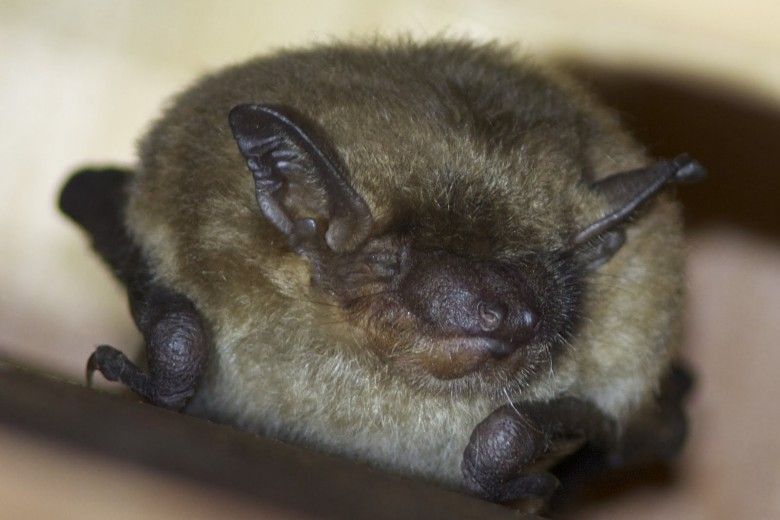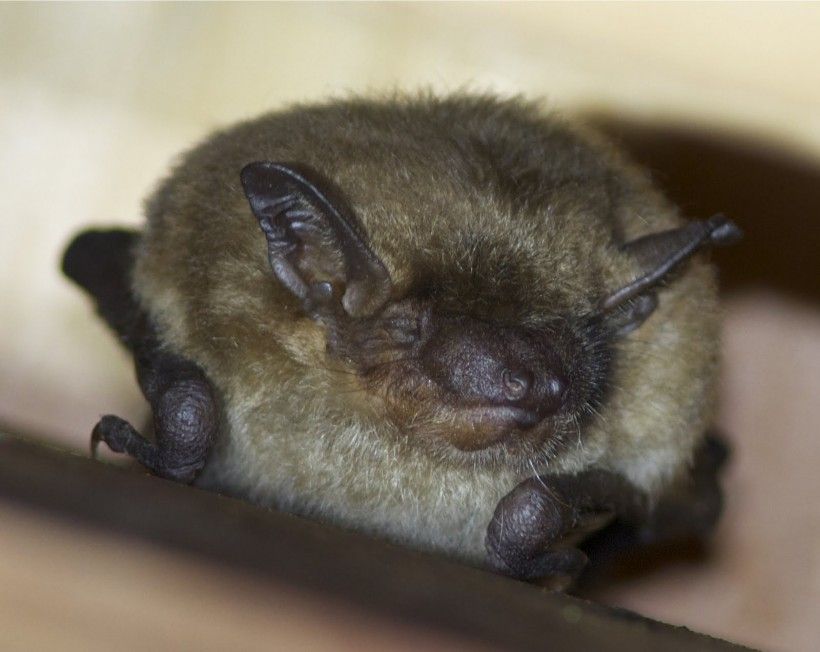The Economic Importance of Bats

They have a face only a mother could love…or perhaps a farmer.
A recent study in Science magazine calculated the estimated economic value of bats to Pennsylvania farmers, and the results are astounding. According to the study, bats save Pennsylvania’s farmers an average of $74 per acre by consuming insects that could devastate crops. Bats consume nearly 500 mosquitoes and flying insects in one hour and nearly 3,000 insects each night. A small colony of 100 Little Brown Bats, one of our native bat species, can consume approximately one quarter of a million insects per night during the summer months. The voracious appetites of our resident bats save Chester County farmers $7.6 million dollars per year. And in Lancaster County, that number soars to nearly $22 million!

Unfortunately, there are two major threats to bat populations in Pennsylvania. Though they are not an issue here in the southeast, wind turbines are responsible for a number of bat deaths in other Pennsylvania counties. When bats fly too close to turbine blades, the sudden drop in air pressure causes the lungs of bats to burst, resulting in instant mortality. This condition is referred to as barotrauma and is similar to “the bends” experienced by deep sea divers. Another very serious threat to bat populations, and one of more concern locally, is the white-nose syndrome. First detected in New York in 2006, white-nose syndrome is named for a fungus that appears on the muzzle of hibernating bats. The disease causes infected bats to display uncharacteristic and often deadly behaviors such as leaving their hibernacula and attempting to fly in the cold winter months. Little is known about white-nose syndrome, including its causes and what can be done to prevent its spread. Biologists across the country are racing to find answers, as populations of bats in the eastern U.S. have been devastated by this disease.